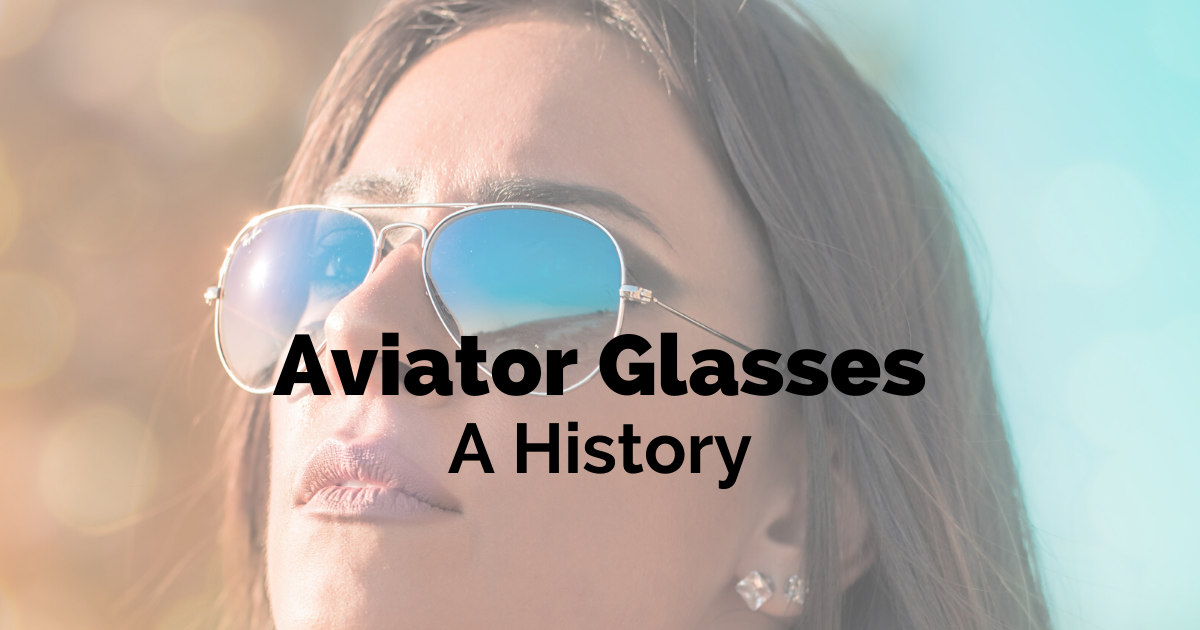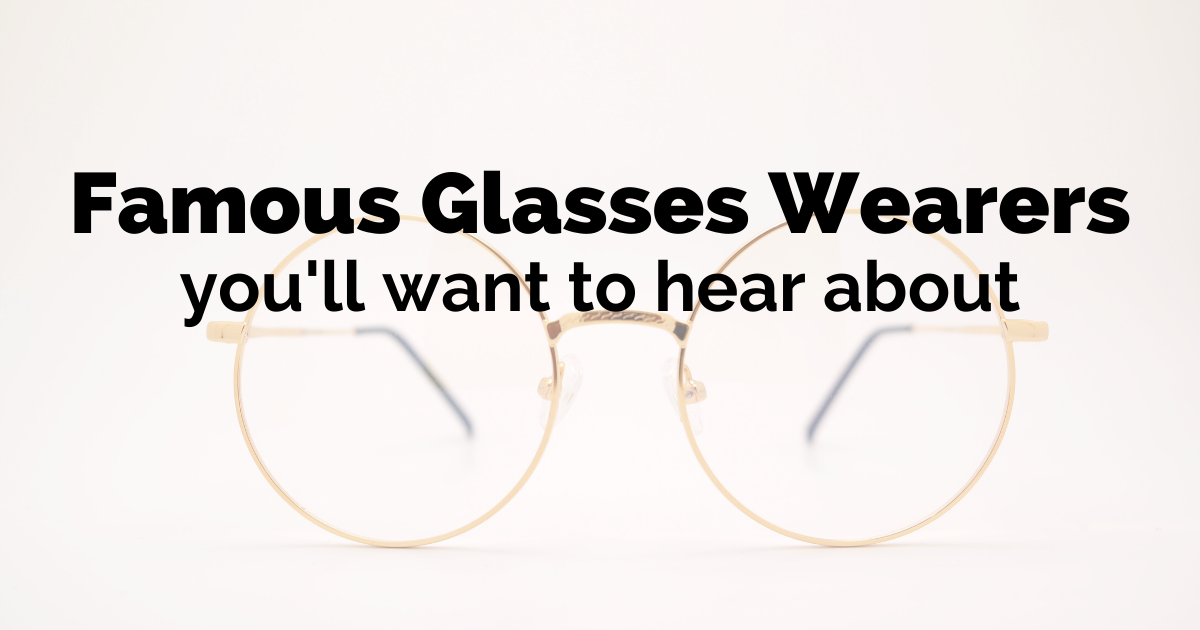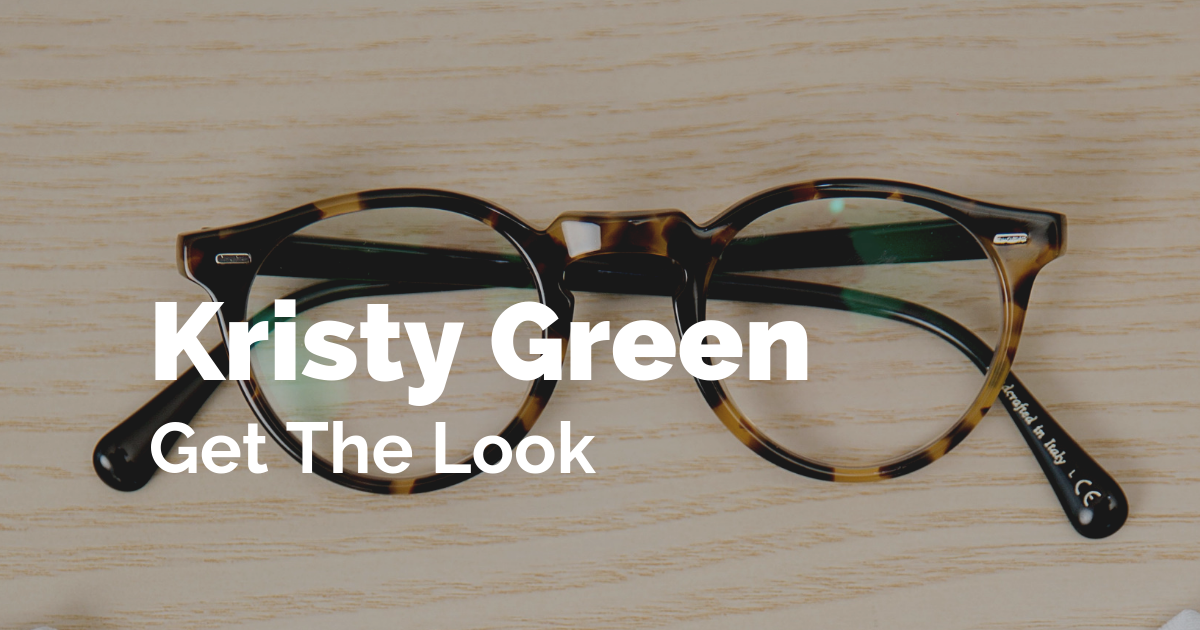What is The Aviator Style?
From the traditional styles of World War II to the coloured lenses of 1960s counterculture (Paul McCartney wore them best), Aviator sunglasses have stood the test of time. This classic shape continues to innovate within the circles of high fashion, but they’re also a staple accessory in high street stores.
We love them too, so much so that we wanted to recount the history of these classic sunglasses. We’ll start at the beginning, making a few pit-stops here and there (you might be surprised at just where Aviators have ended up) before finishing at the current day. Let’s go!
The history of Aviator sunglasses: The beginning
Aviators were first developed by New Yorkers Bausch & Lomb as (arguably) the first commercially popular style of sunglasses. The frames were specifically designed according to the needs of the military (namely, pilots who needed eye protection when flying). Aviators soon became the preferred alternative to the older, much chunkier, flying goggles.
So, their initial specifications were for function and utility over anything grounded in style. Aviators themselves were a revelation for pilots. Not only were they comfortable and looked better than the jam jars they’d been used to wearing, they also blocked sunlight.
However, the more style-minded soon caught up with things. Throughout the 1930s, aviators were coveted accessories for the wealthy elite – in particular, wealthy sportsmen. Strangely enough, they were also popular with fishermen and hunters who wanted more eye protection.
Renowned army general wears them in World War II
Once aviators had the attractions of utility and style behind them, there was no stopping their influence. At the peak of World War II, they were endorsed by ‘celebrity figure’ General Douglas MacArthur as he landed on a beach in the Philippines. This beach landing has now gathered about it a cult, almost cinematic feel. The moment was caught on camera and redistributed among the American press, as a symbol of American strength and solidarity through hard times.
Soon, aviators became a hit in the USA. Within a couple of decades, Bausch & Lomb would dedicate an entire product line to General MacArthur as a tribute.
Hollywood catches on…
Many consider MacArthur’s endorsement as a tipping point for the popularity of aviator sunglasses. By the end of World War II, the Hollywood film industry took the style and made it their own. Male stars like Marlon Brando and James Dean both donned a pair of aviators, and it was here that the 1950s ‘tough rebel hero’ character was born. For women, the likes of Barbara Stanwyck in Double Indemnity (1944) and Audrey Hepburn in Breakfast at Tiffany’s (1961) both wore oversized, Aviator-style sunglasses to portray sophistication and independence. Years later, actors Tom Cruise and Val Kilmer would wear them in the wildly successful Top Gun (1986).
As do the hippies…
There exists an iconic photo of 1960s counterculture legend Jim Morrison (lead singer of The Doors) where he’s wearing the hell out of a pair of aviators. Likeminded countercultural figures also shared an affinity for aviators, including Jimi Hendrix, Paul McCartney, and later Patti Smith. Before long, they were the go-to sunglasses for the effortless rockstar look!
But what about today?
Aviators are now a universally-acknowledged style and will work whether you’re dressed up or dressed down. They have quite the history, and you’re likely to find them in most cultural references after their boom in the 1950s. Whether it’s films and television, music videos or fashion houses – they’re timeless.
With our try before you buy service, you can try any of our aviator styles – our aviators range is available for both men and women.

 Famous glasses wearers you’ll want to hear about
Famous glasses wearers you’ll want to hear about Our Amsterdam Style Guide
Our Amsterdam Style Guide Chanel-style sunglasses at Arlo Wolf
Chanel-style sunglasses at Arlo Wolf Get the Look: Kristy Green with Arlo Wolf Eyewear
Get the Look: Kristy Green with Arlo Wolf Eyewear